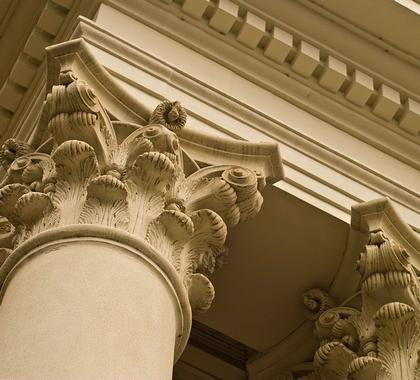It is the best of times and the worst of times for college presidents.
In its latest compilation of salaries for university leaders—presidents, chancellors, system heads—the Chronicle of Higher Education found 61 private universities and 17 public universities paid their top executive more than $1 million in 2018. Three years earlier, 59 private university presidents were paid $1 million or more, as were seven public university presidents.
Several of these well-paid executives have had short, turbulent tenures, and in some cases their high pay reflects deferred compensation or a well-negotiated severance package. William McRaven, former chancellor of the University of Texas system, who received the highest pay among public universities in 2018, left after three years and four months. During his tenure, his total compensation rose from $1 million to nearly $2.6 million.
Steven Leath, who stepped down this year from Auburn University after a tenure of two years, received $692,394 in 2018 but has a $4.5 million severance package, the Chronicle stated in its report, released July 14. Both presidents ran into conflicts with their boards.
There is also evidence presidential terms are getting shorter. A study by the American Council for Education, a group representing major universities, found the average presidential tenure declined from 8.5 years in 2006 to 6.5 years in 2016.
University Trustees Faulted
The boards that hire these presidents are to blame for the turmoil and insecurity, says Tom Lindsay, director of the Texas Public Policy Foundation’s Center for Innovation in Education.
“The bad situations we find with various presidents are entirely the responsibility of their ostensible bosses: the trustees,” Lindsay said.
Too often, trustees don’t fulfill their primary responsibility, Lindsey says.
“Board members generally have not taken their rights and duties as fiduciaries as seriously as their schools need them to do,” Lindsey said. “Instead of acting as legal overseers, they are too often cheerleaders for their schools. Such parochialism must end if we hope ever to reform higher education.”
Lindsay’s comments echo the findings of Stephen J. Trachtenberg and his colleagues, who studied failures of higher education presidents in Presidencies Derailed, published in 2013. The writers blamed boards of trustees for at least some of the derailments. Sometimes the problem was a faulty selection process, but there was also the failure of trustees to support the president even during the initial “honeymoon” period.
‘A Culture of Complaint’
The environment presidents work under is far more pressurized than it used to be, Trachtenberg, retired president of George Washington University, told Budget & Tax News.
“Like corporate executives and public officials, university presidents face a new environment of communication, media, exposure, opposition, criticism, and less tolerance,” Trachtenberg said. “For decades, presidents were special. They had ‘a good life,’ even long vacations. Today, being a university president means being on the frontier of all the social issues at one time: race, sex, guns, toilets, fraternities, clubs.”
Life on campus has changed with the arrival of the Millennial generation, Trachtenberg says.
“Students are more active than they have been since Vietnam, but now there is a culture of complaint and subgroup maximization—seeing who can make the case as to who is most disrespected or mistreated,” Trachtenberg said. “And you don’t have to have done anything wrong yourself. Your predecessors in the eighteenth century may have owned slaves, and now your school is being held accountable.”
‘In a Bad Patch’
These and other sticky issues have shortened college leaders’ tenure, Trachtenberg says.
“The environment is so complex that it is hard for presidents to sustain themselves over a long period of time,” Trachtenberg said. “We’re in a bad patch. We seem to have abandoned the notion that the other guy is capable of good will.”
In addition, boards and government overseers have become highly political in their dealings with colleges and universities, says Trachtenberg. Public university presidents must deal with often hostile governors and legislatures, and even board members who are using the board as a springboard to higher office.
“There has always been a cultural divide between university towns and the rest of the state, but that has become more apparent now,” Trachtenberg said. “A president has always had to be thick-skinned. Today, the president has to be a Houdini of politics.”
Jane Shaw Stroup ([email protected]) is higher education editor of School Reform News and chair of the board of directors of the James G. Martin Center for Academic Renewal.




